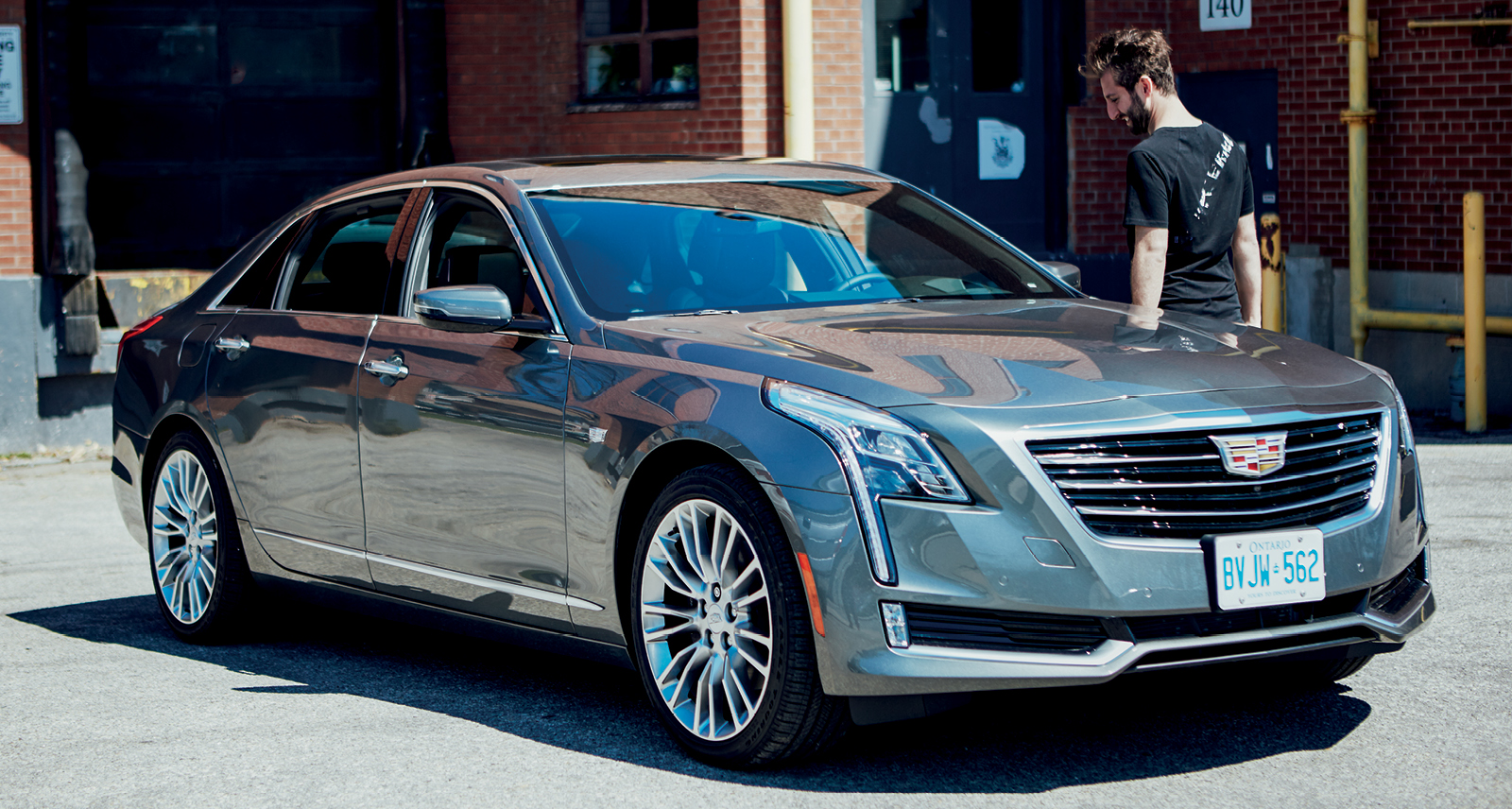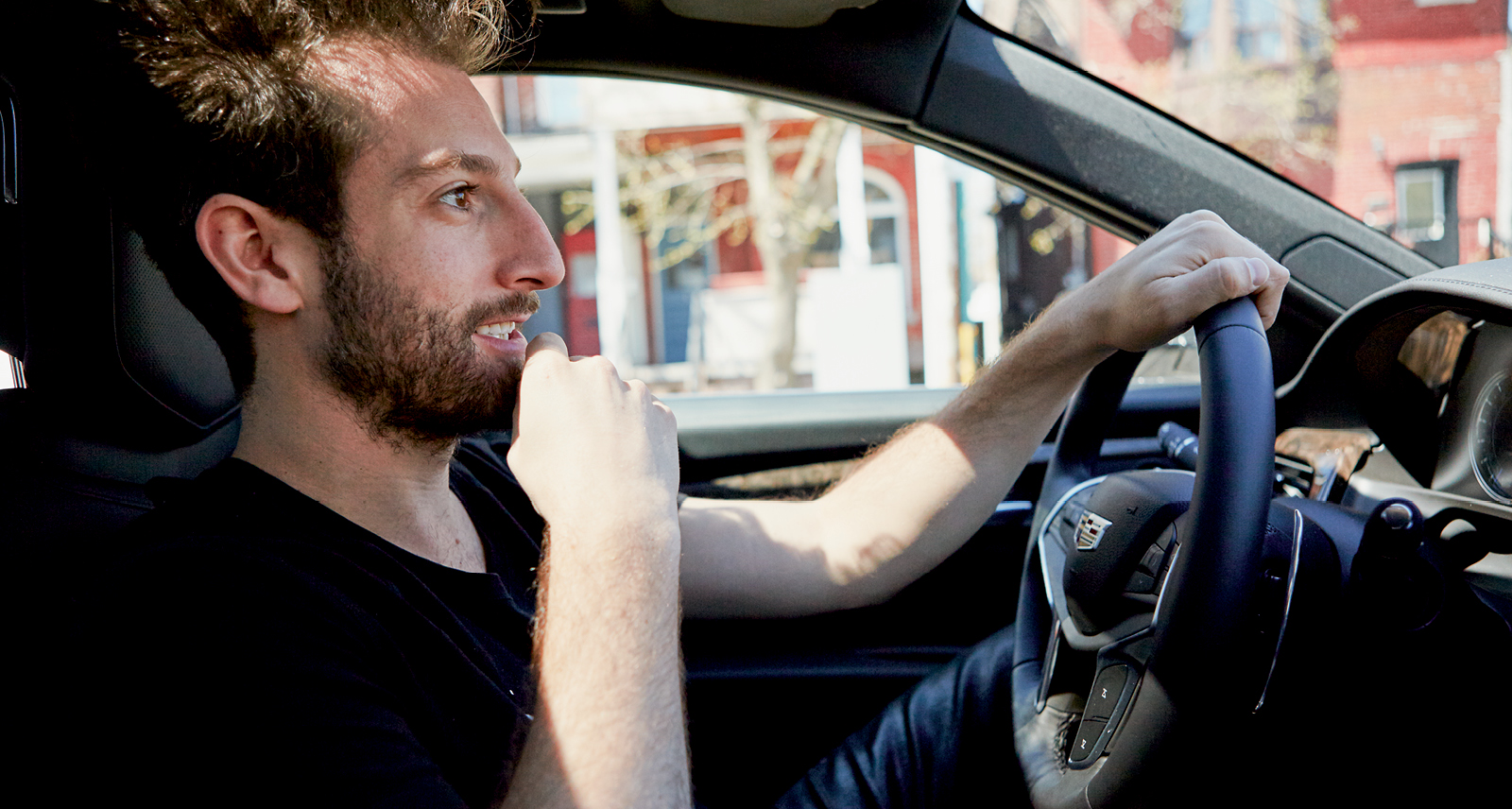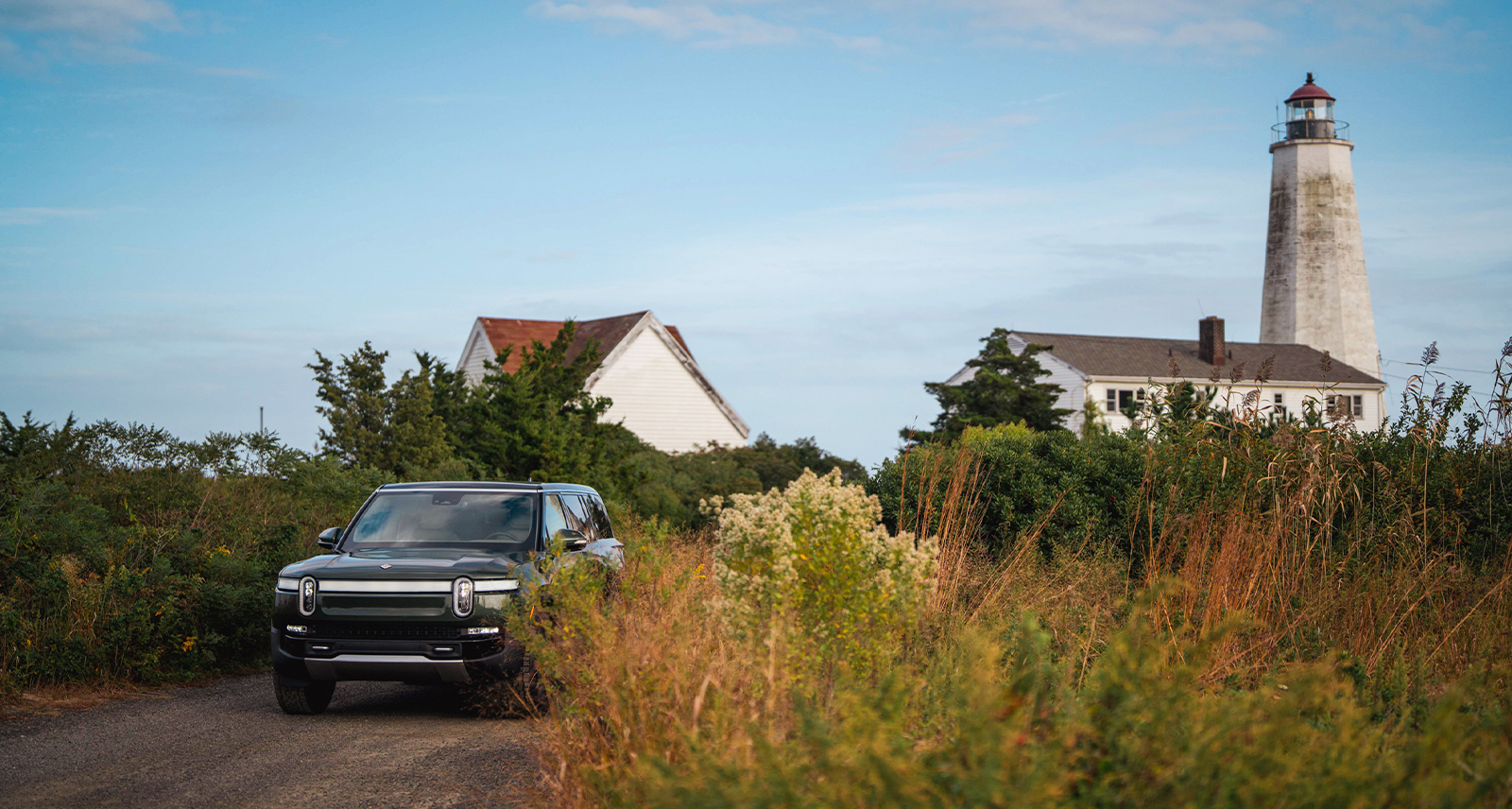Cadillac & Sharp: Meet the True Innovator Behind Toronto’s Coolest Design Projects
Alexander Josephson has made a career by using technology to change the way we look at built spaces. Josephson, along with business partners Pooya Baktash and Jonathan Friedman OAA, is the co-founder of Partisans, an award-winning Toronto architecture firm that burst onto the global scene in 2014 with, of all things, an image of a sauna that ignited the envy and wonder of social media sharers and online editors around the world. It’s fitting that technology would help them become so well known, since it’s certainly what allows them to stand out.
To create their groundbreaking designs — like that sauna clad in curved, asymmetrical wooden walls, or a restaurant defined by swooping teak panels — Partisans is not just using the latest technology, they’re actually creating it, writing software code to work with materials in previously impossible ways. It’s basically the definition of the modern entrepreneur, where success depends on innovation across a variety of fields. It’s not enough to be a jack of all trades, or a master of one. It’s about mastering all the trades that make up your industry. That philosophy has paid off for Josephson, whose firm is now playing a key role in two high-profile Toronto projects, designing the Luminato festival’s new home in the Hearn Generating Station and contributing to the relaunch of the city’s iconic Union Station.
But Josephson’s creativity and innovation takes constant inspiration, and a willingness to break the mould. Here, he shares how he does it all.
How do you see your work as different from others in the industry?
I think that it’s really about survival. If you’re going to try and compete with incumbent businesses you have to do something different or you have to challenge them. If you intend on competing at any ambitious scale whatsoever you have to do something different. I think it’s just about recognizing what’s been done in the history of your particular field elsewhere and competing with that history. You simply aren’t going to be able to survive without providing some kind of a different standpoint.
How do you push boundaries in your work?
The way we did that in the beginning was we adopted new technologies that no one here would adopt, and we’re continuing to. On every project we find ourselves having to be careful with the technology we’re using. It prejudices your work because the algorithm of how one line is connected to another line is predictated inside the technology. And now we’re saying, ‘No — let’s write the code so we can say how those lines join.’ And not let the proverbial code wag the dog.
What technology does is it gives everybody the same tools, but we have to question them. As an artist or as an architect, as a thinker, you’re bound by them if you don’t question them.
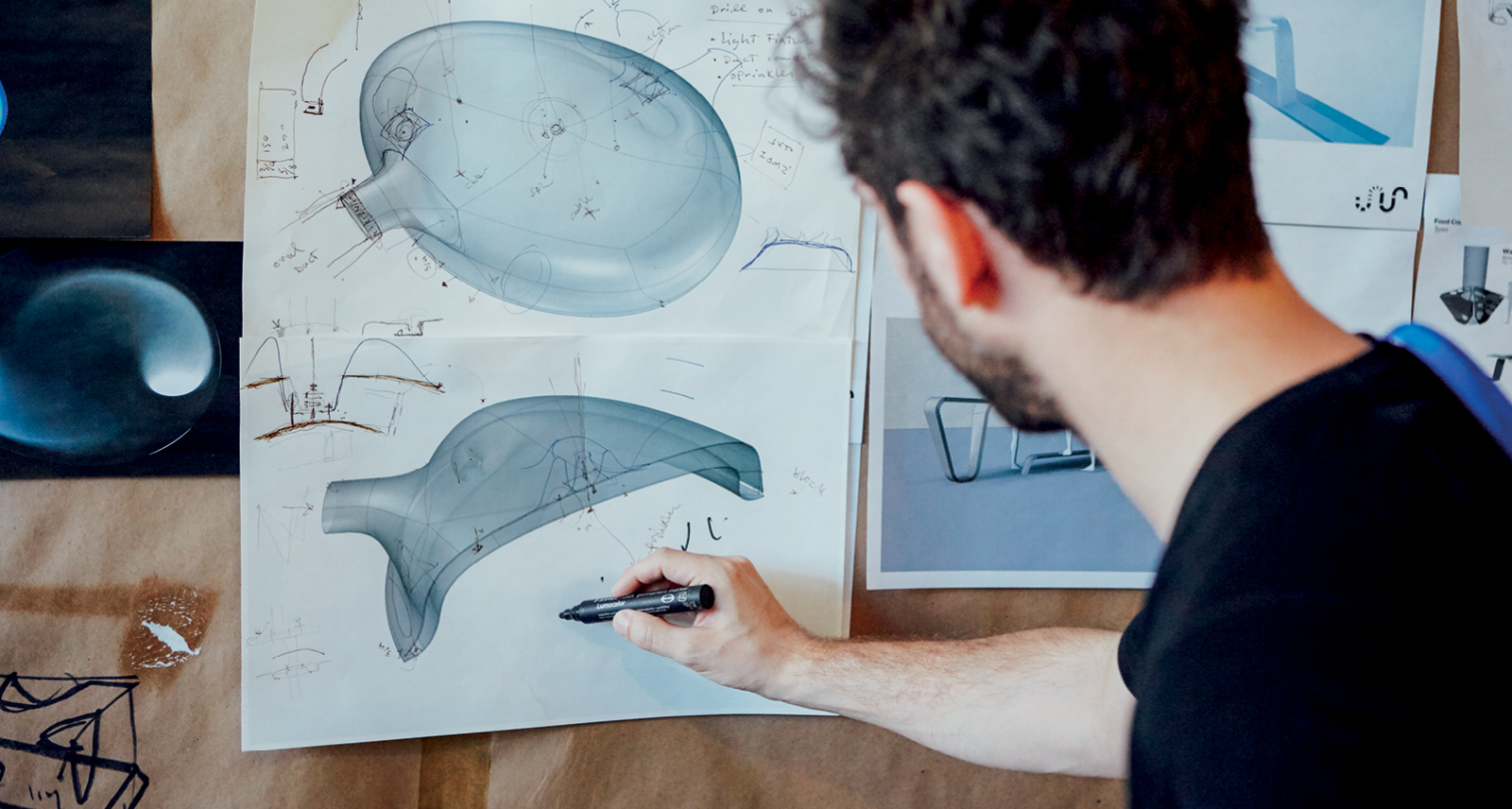
Who do you consider a disruptor in architecture?
The person that I think is really doing special stuff right now, who I’ve taught with and consider a friend, is Benjamin Dillenburger. He’s at the ETH in Zurich, which is one of the great architecture institutions in the world. He is inventing new aesthetics. Some of his experiments in 3D printing and form define new formats of aesthetics for architects. At the same time he’s challenging the actual fabrication processes of architecture — how we build a building.
What have you learned from him?
He’s curious and he’s fundamentally interested in establishing a new kind of aesthetic driven by a manipulation of technology. What he’s doing is bringing a humanity to the tech. He’s creating tremendously seductive forms — you have to see this stuff, really. He could be one of the exponents of a new aesthetic in architecture.
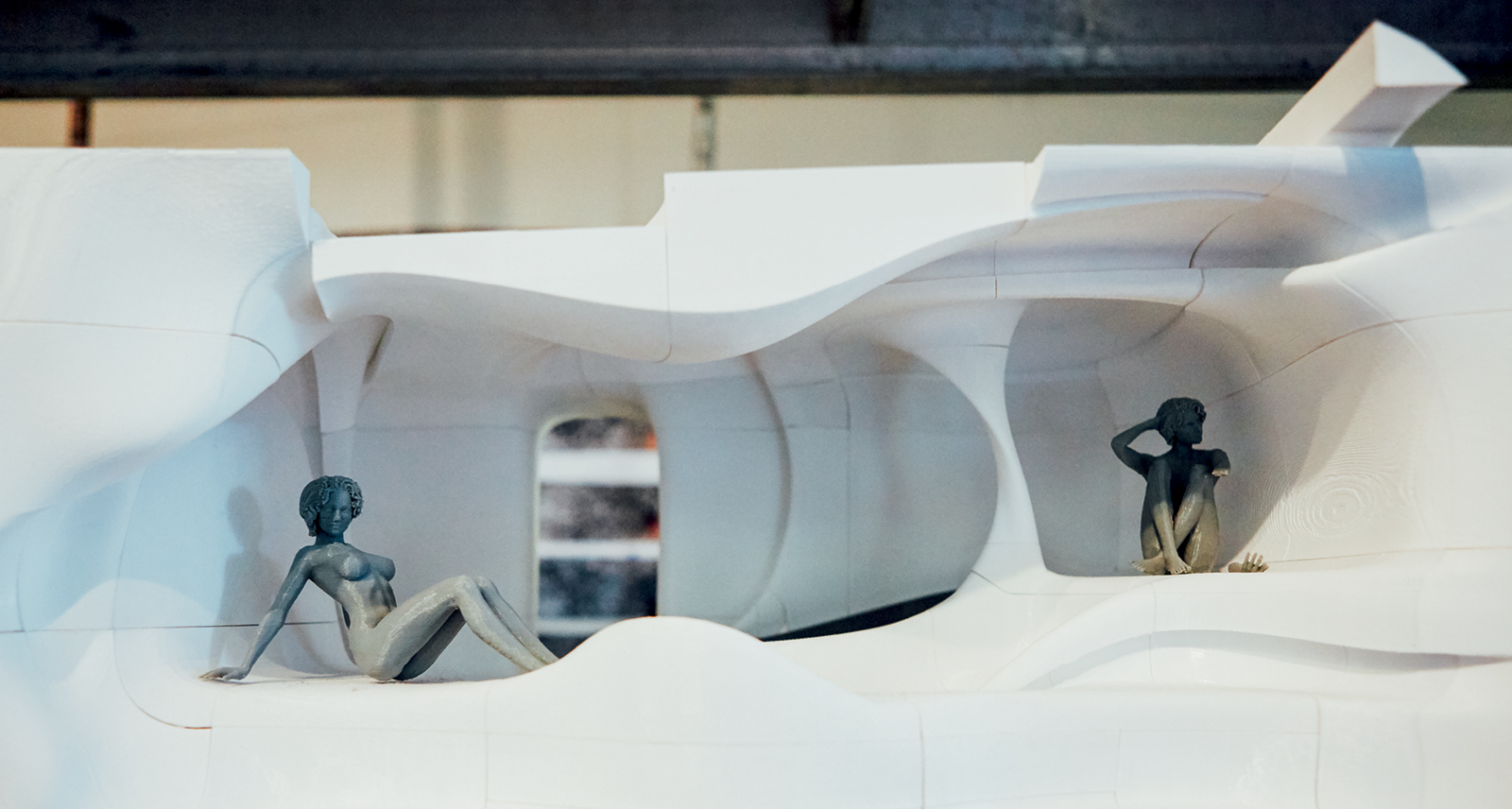
How do you define success?
In the business world everyone talks about growth, but they don’t actually talk about how difficult it is. We didn’t go to business school, and managing growth is a real challenge. So this idea of success, to us, is maintaining the ethos of how we want to work. Everything in the world challenges that, everything tends to want to standardize, and we want to stay true to what we began with, which is kind of a free studio atmosphere, freedom of expression, and discovery of the unknown, not bringing prejudice to every project.
This idea of growth being success unto itself is very dangerous, because you can lose track of where you’re going. The proof will be whether we can continue to invent and be clever with 30 people in the room. What differentiates the great architecture firms and creative studios in the world from the rest is their ability to continue to innovate and continue to be free, while at the same time having the tremendous pressure of being a very desired partner on projects. We’re just figuring it out.
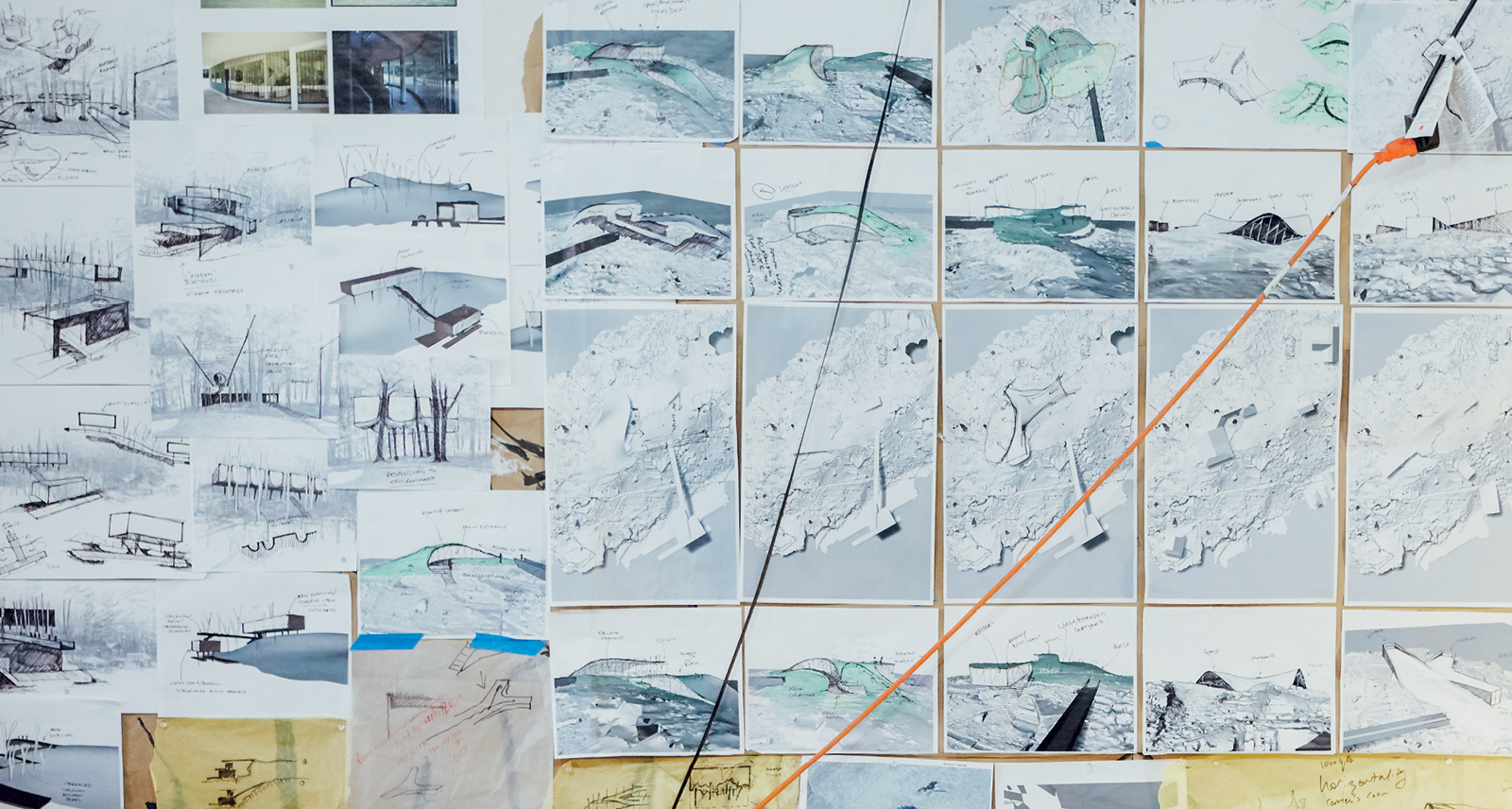
What do you find rewarding about what you do?
I don’t really consider what we’re doing a job. When I get up in the morning and I come here it’s like I get to go and play. It’s a strange thing. I couldn’t imagine doing anything else, but I don’t imagine I’d be very good at anything else. It’s really a passionate thing.
How has your work evolved?
It changes every day. When we were given the opportunity to design a sauna we had to invent a way to produce it to look the way it did, carving the wood, choosing the wood, finding ways to build that. We didn’t expect to build that. There was no aesthetic we brought from somewhere else. It was a happy accident. We’re inventing, we’re tinkerers. There’s a big nerd factor here.
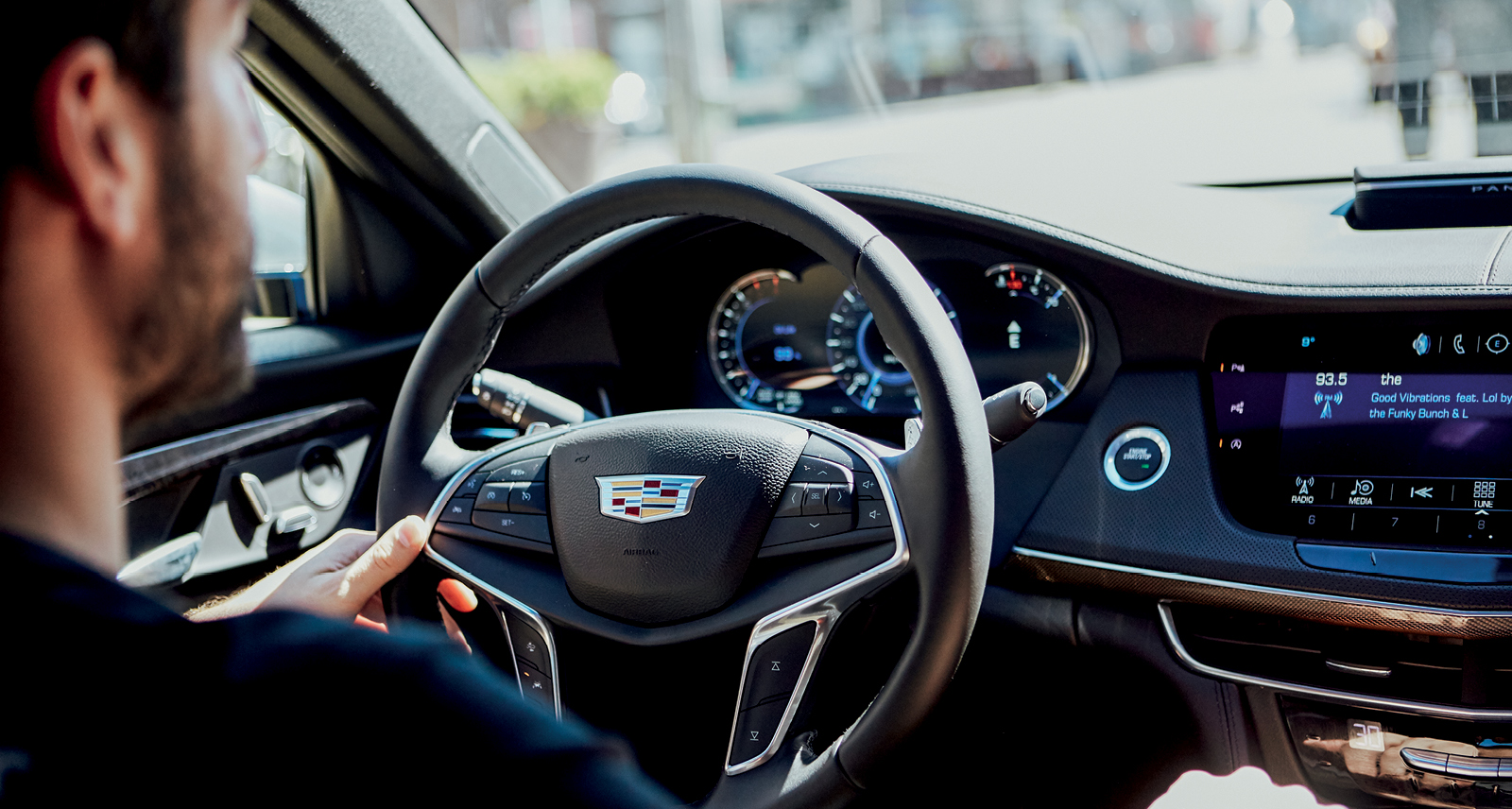
It’s a fun thing: you’re going to invent in different ways on every project, and your client has to understand that he or she doesn’t know what those inventions are going to be. And neither do you. Together you’re going to find them. That embrace of unpredictability is not common in business practice. Business wants predictability, it wants futures, it wants risk management. We say it’s a bigger risk not to invent.
Are you learning new skills all the time?
We’re inventing new tools every day. You have to learn new things or else you can’t go forward. It’s actually overwhelming how much we have to learn.
